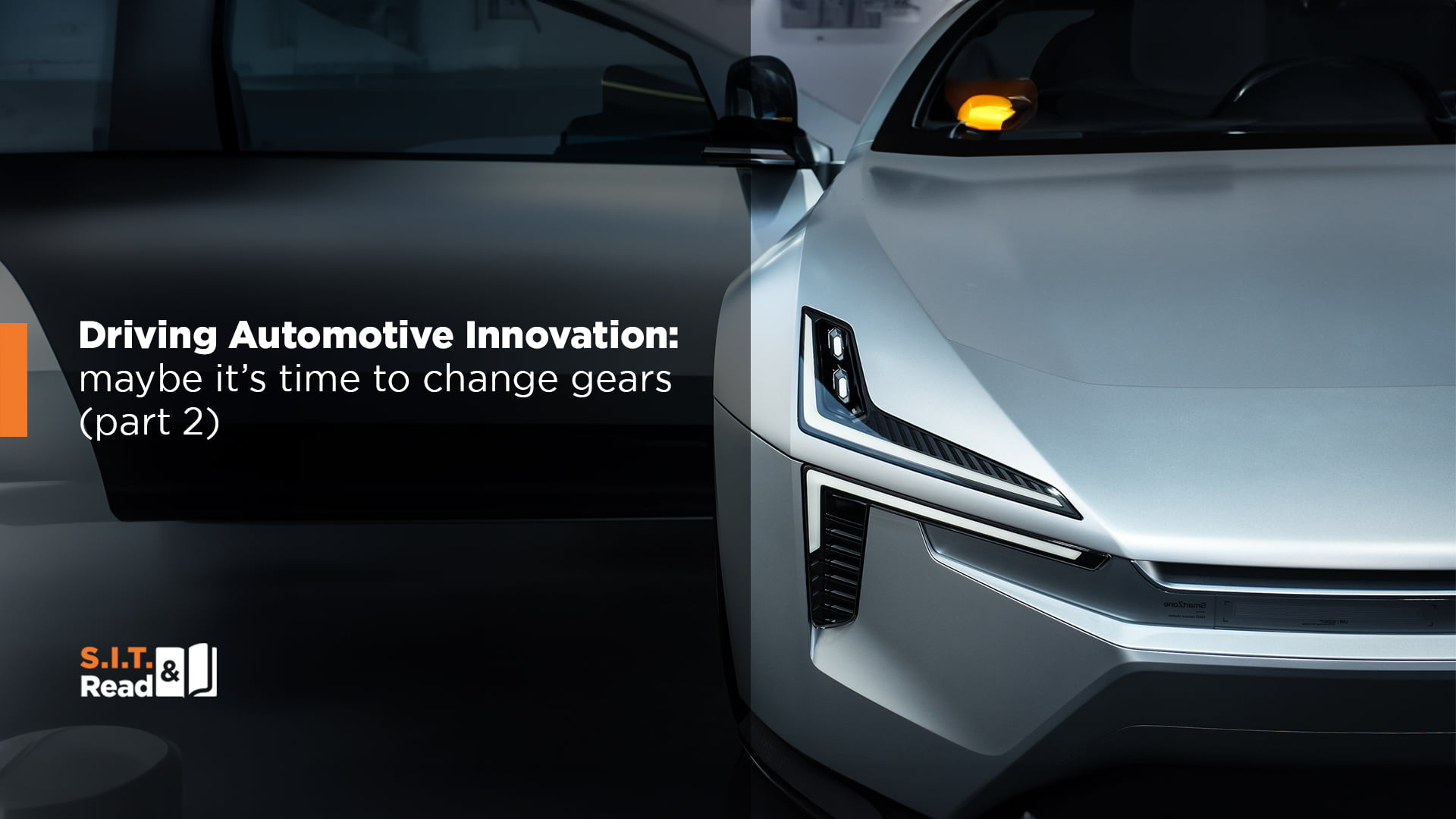In the 1st part of this article, I named the main forces that drive car innovation today and listed the main areas of focus for this industry.
In this part (2) I will share some recommendations for where, in my opinion, the industry should channel more attention and resources.
From the point of view of someone who studies and analyzes innovation, and after arguing that large parts of automotive innovation are too common and obvious, it is only fair to identify other areas for innovation that could lead to interesting results.
Here are some possible directions to explore. Some of them are applicable for all businesses and some are more specific to the car industry:
- Finance and Business Model Innovation: Often overlooked, this realm presents immense promise. By revolutionizing financing options and business models, companies can unlock new avenues of growth and profitability.
- Evolving Customer Dynamics: As the demographic landscape shifts, so too must our perception of value. Understanding the changing needs and expectations of different generations can lead to disruptive innovations that resonate deeply with customers.
- Ownership Redefined: The traditional ownership models—full, shared, and partial, as well as leasing and renting, have served us well. However, it’s time to think beyond these boundaries. By creating new models of ownership that provide greater flexibility and opportunities, we can reshape the way people interact with vehicles.
- Challenge the status quo by reimagining vehicle design and functionality: By breaking free from structural fixedness, we can create revolutionary concepts that enhance user experiences and redefine the purpose of vehicles.
- Modular Assembly: Introducing greater modularity into vehicle assembly and component design enables flexible customization, efficient production, and cost-effective maintenance. This modular approach promises a more agile and adaptable automotive industry.
- Spare Parts On-Demand: The ability to rapidly produce and supply spare parts on-demand is a game-changer for both manufacturers and consumers. Leveraging advanced manufacturing techniques and supply chain innovations, we can minimize downtime and enhance customer satisfaction. Tesla led the way by making upgrades and repair easy, simple and inexpensive, but this is more of being best in the game instead of changing the rules of the game.
- Technological Enablers: Embracing blockchain technology opens new avenues for secure data sharing and transactions within the automotive ecosystem. By harnessing the power of blockchain, we can build trust, streamline processes, and accelerate innovation.
- Accessibility for All: Let’s strive to make vehicles more accessible to individuals with disabilities. By developing adaptive technologies and inclusive features, we can empower a broader range of individuals to enjoy the freedom of driving and car ownership.
- Enhancing Productivity: Innovation can significantly enhance productivity by enabling firms to achieve greater output with the same inputs or maintain the same output with fewer inputs. This focus on productivity gains can fuel competitiveness and sustainability.
Innovation thrives when we foster a conducive environment. To truly unlock the potential of innovation, we must manage it as a robust business process. This entails embracing iterative approaches, holding management accountable, allocating time and resources for creative thinking, and fostering a culture that values both attempts and results.
By exploring these uncharted areas of innovation, we can revolutionize the automotive industry and shape a future where mobility seamlessly integrates with societal needs and aspirations.
If you found this article insightful, I invite you to engage in a discussion and share your thoughts on the potential areas for automotive innovation. Together, let’s shape the future of mobility.
